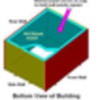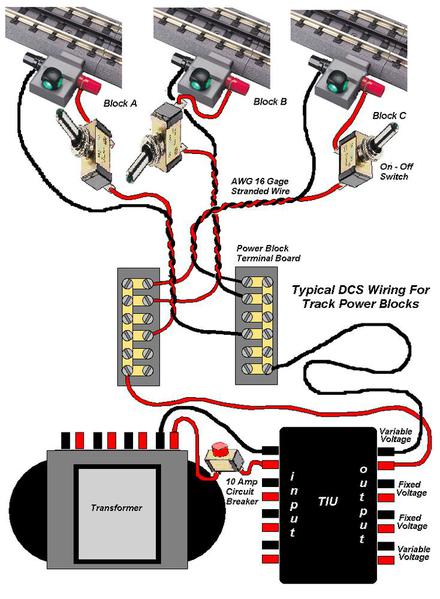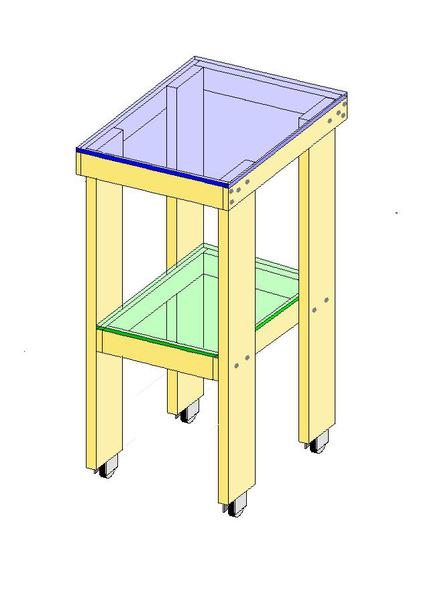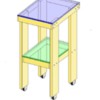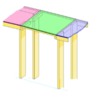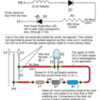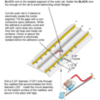POST 20:
Light replacement in MTH N&W 70' Madison (heavy weight) passenger cars.
Base removal is easy on these cars. Just 6 screws hold the metal base frame to the top plastic shell.
A nice touch by MTH using small copper tabs in the shell to make contact with the base, eliminated any wires between the two, which make it much easier to PM the cars.
These cars are pretty old and they have incandescent lights along the top of the car.
I'm guessing that newer cars are probably using LED's.
Again, I didn't want to wait to order new bulbs, so I used some Christmas replacement bulbs from a wal-box. They are only 12 volts so time will tell if they hold up to the 18 volts. Even though the bulbs are in parallel, I'm hoping running all the cars together, reduces voltage to each light and survives the 18 volts to the track. These light bulbs have been used in some of my modern accessories where this type of bulb is used. I find it easier to just replace the bulb versus trying to have a lot of different bases available for each type of accessory, and keeping the voltage at 12 or lower usually extends the bulb's life.
The new bulbs had shorter leads on them so I had to extend the leads but cutting off the old bulb's leads and sticking them into the holes and wrapping them along the sides of the base (not very professional but it seemed effective!). Some new bulbs would be a lot easier but 'good enough' for now. I also noticed that the new bulb's leads had a coating on them and some fine sandpaper was needed to make good electrical contact.
The grey interior seat/wall piece has a hole in one end which goes over those two copper tabs, allowing the lights to make contact with the metal base.
MTH has a nice web site for ordering parts via the online. If you can't find the part, you can also call them and order direct.
Also, if you need a tech guy, it appears that Tuesday through Thursday from noon to 5 (EST) are their 'help the customer' hours.
Old burned out bulbs:
New bulbs:
New bulb in old socket:





